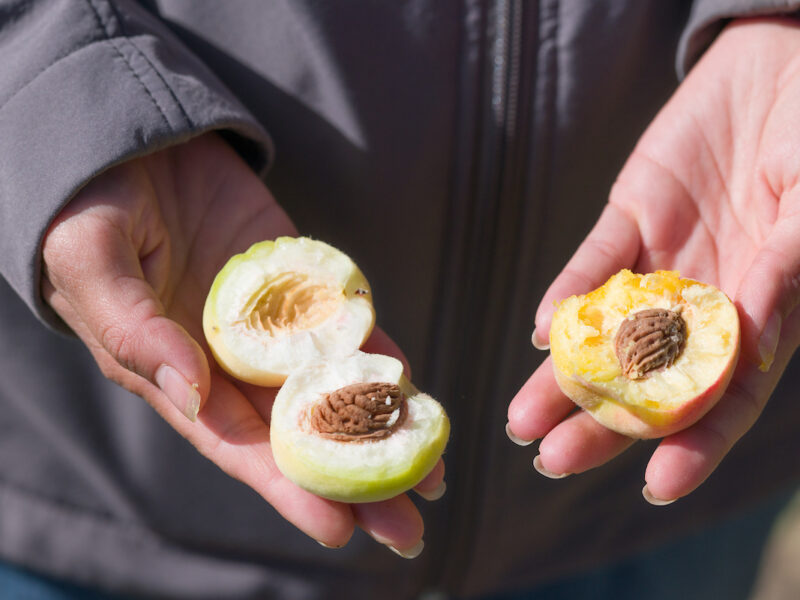Urban-rural collaborative water planning? It’s happening in Pueblo.
Nestled in the heart of the Colorado, Crowley County was once a testament to agricultural prosperity. Its lush fields stretched over 50,000 acres, teeming with a bounty of crops nourished by mountain waters. From alfalfa to cantaloupes, the land yielded abundantly, fueling the prosperity of the local community. However, as history unfolded, so did the challenges that would reshape the county’s landscape.
Starting in the 1970s, there was a major shift in consolidating agricultural lands to larger operations. The Crowley Land and Development Company acquired tens of thousands of acres and associated water rights, formerly owned by the local canal company, before selling them off to nearby cities and towns, which set off a rapid chain reaction of land and water sales. What was once thriving farmland gradually turned barren, leaving behind a stark reminder of the consequences of shortsighted decisions. The closure of the sugar plant, a cornerstone of the local economy, underscored the far-reaching impacts of “buy and dry” practices, typically where a municipality or local government pays a landowner for all or some of their water rights. Jobs vanished, businesses faltered, and poverty rates soared, leaving a community reeling from the aftermath. The story of Crowley County’s decline is a cautionary tale, one that resonates deeply with landowners facing similar struggles today.

In nearby Pueblo County, where Bessemer Ditch water irrigates a rich tapestry of crops ranging from Pueblo chiles to watermelons. the prospect of water being pulled out of agriculture looms large.
Grappling with tomorrow’s uncertainty
Today, Crowley County stands as a sobering example of the cascading effects of water mismanagement. With less than 5,000 acres of irrigated land remaining of the original 50,000, the county’s once-vibrant agricultural economy has faded into dust and tumbleweeds. In the face of Colorado’s burgeoning population growth, the specter of “buy and dry” looms large, casting a shadow of uncertainty over the future of agricultural communities.
In nearby Pueblo County, where Bessemer Ditch water irrigates a rich tapestry of crops ranging from Pueblo chiles to watermelons. the prospect of water being pulled out of agriculture looms large, raising concerns about a potential repeat of Crowley County’s fate. The 2009 acquisition of Bessemer Ditch (serving farms around St. Charles Mesa, Vineland, and Avondale, Colorado) water rights by the Pueblo Board of Water Works serves as a harsh reminder of the imminent threat facing Pueblo County. While Pueblo Water has leased the water back to the farmers for 20 years, the water will likely be needed for other uses someday soon.

By using a community planning process to strategically allocate water resources to sustain agricultural productivity, while also restoring fallowed lands to native prairie, PLC’s efforts offer a glimpse of a brighter future for Colorado’s farming communities.
Protecting land, water, and local heritage
In response to these challenges, Palmer Land Conservancy (“PLC”) has embarked on an initiative to safeguard Pueblo County’s agricultural heritage. By leveraging innovative legal frameworks and economic data, PLC seeks to preserve the vitality of the region’s farmland while addressing the growing demands for water. These efforts, coined the “Bessemer Farmland Conservation Project” represents a beacon of hope in an otherwise uncertain landscape.
Through strategic partnerships and community engagement, PLC is hoping to chart a course toward sustainable water management that prioritizes both economic viability and environmental stewardship. By using a community planning process to strategically allocate water resources to sustain agricultural productivity, while also restoring fallowed lands to native prairie, PLC’s efforts offer a glimpse of a brighter future for Colorado’s farming communities.
As landowners grapple with the complexities of water rights and land preservation, the lessons from Crowley County resonate more strongly than ever. In a rapidly changing world, where the pressures of urbanization and resource scarcity loom large, proactive measures are essential to safeguarding the prosperity of agricultural communities. By heeding the wisdom of the past and embracing innovative solutions, landowners can chart a course toward a more resilient and vibrant future for generations to come.





